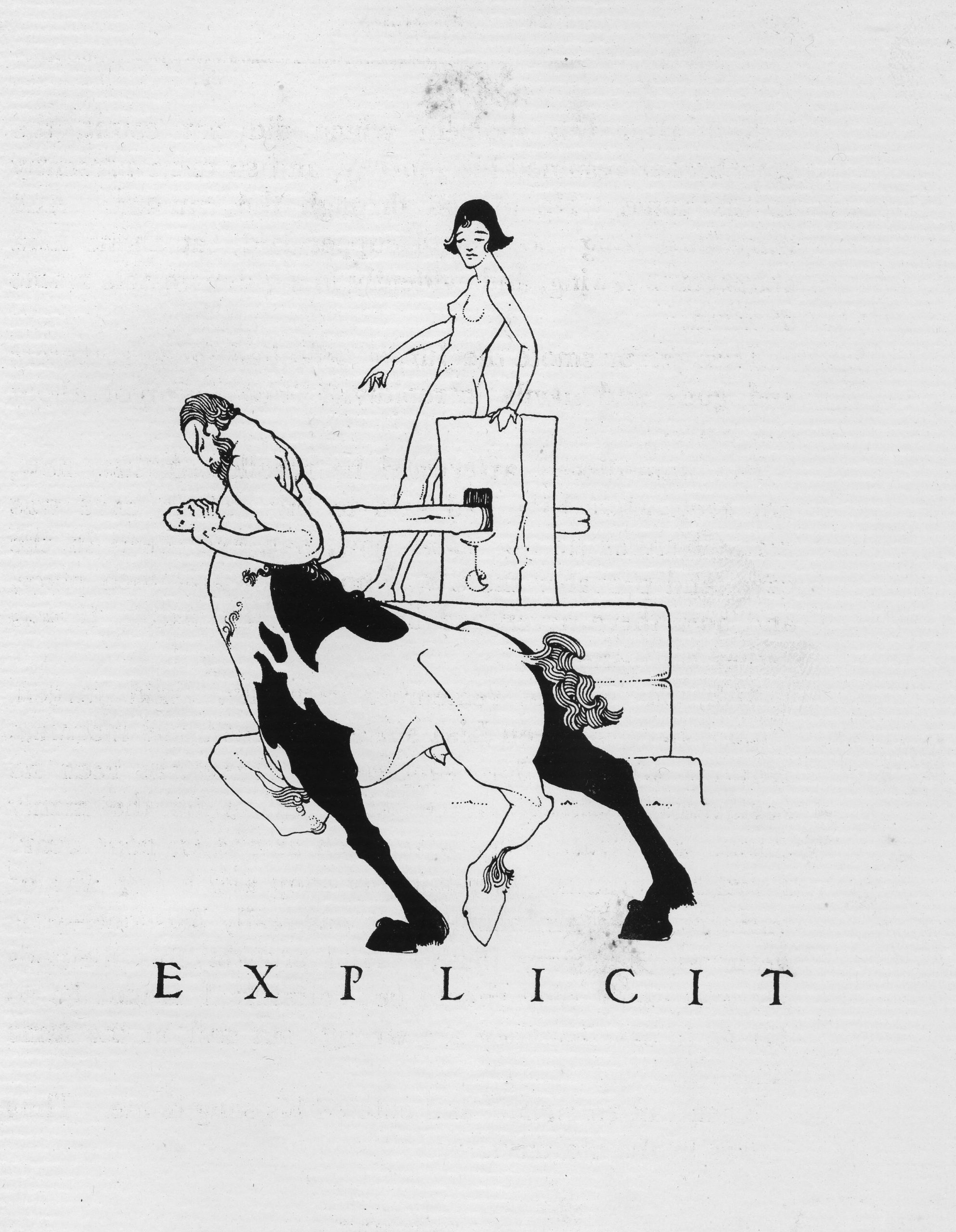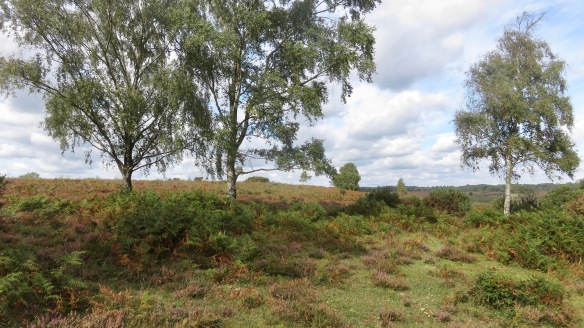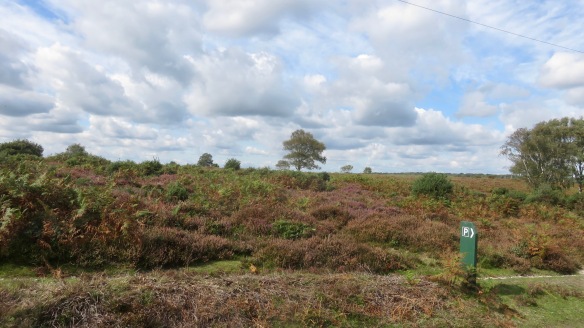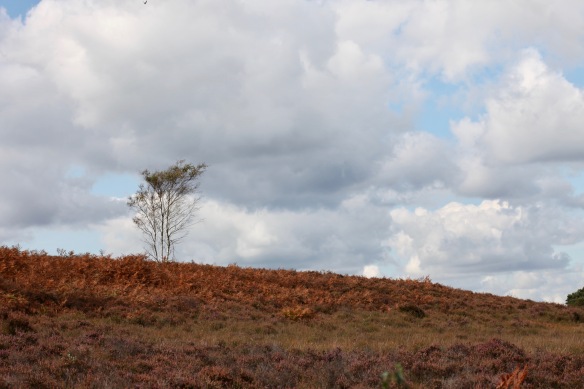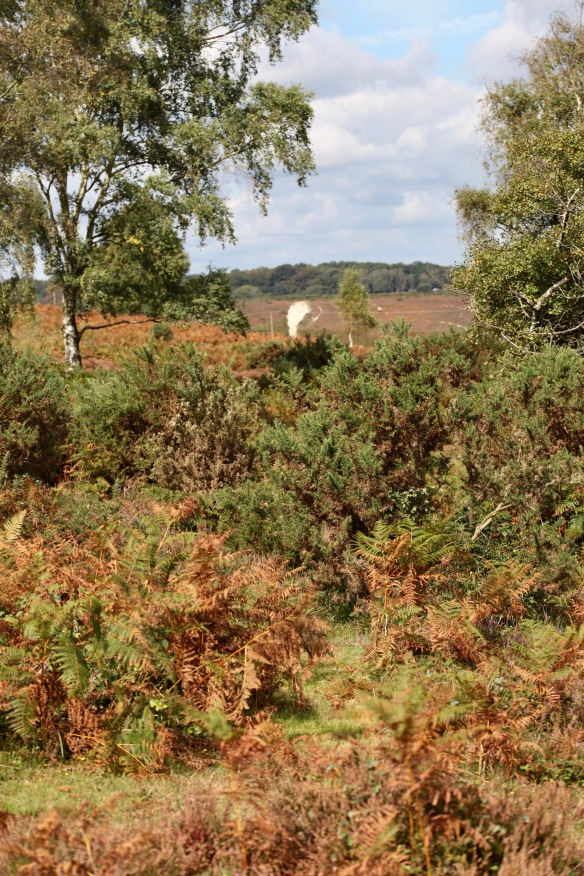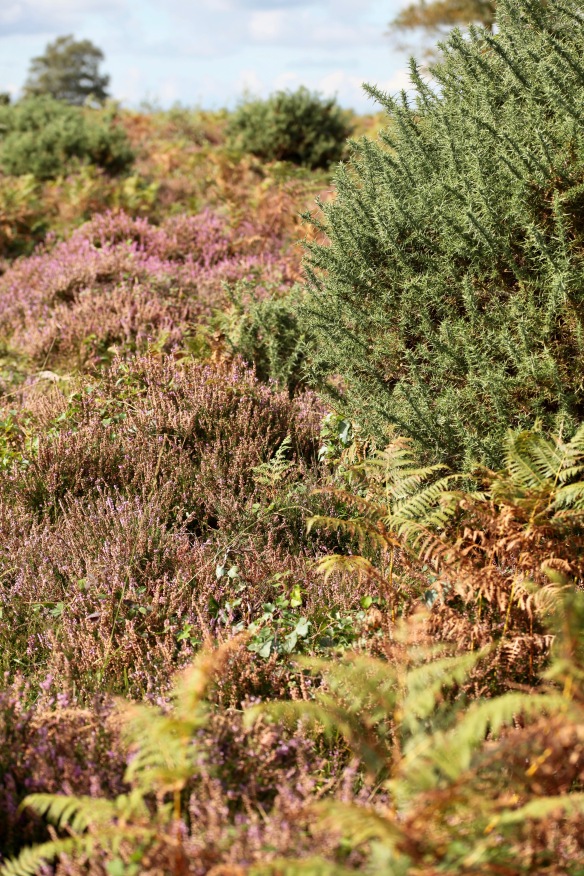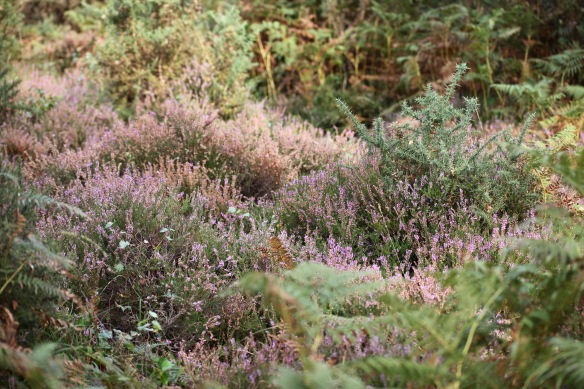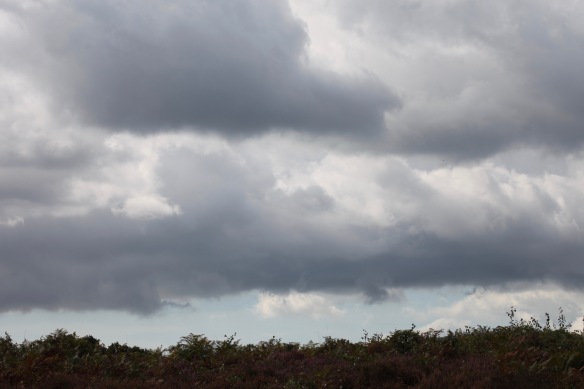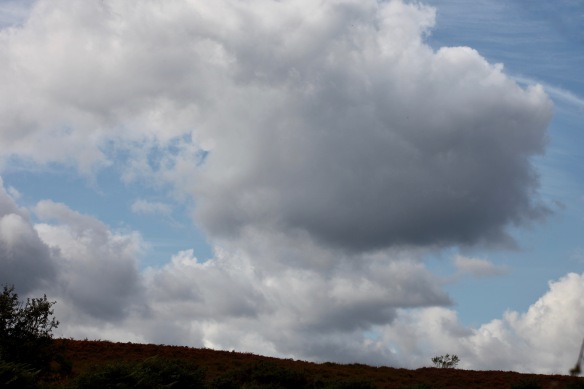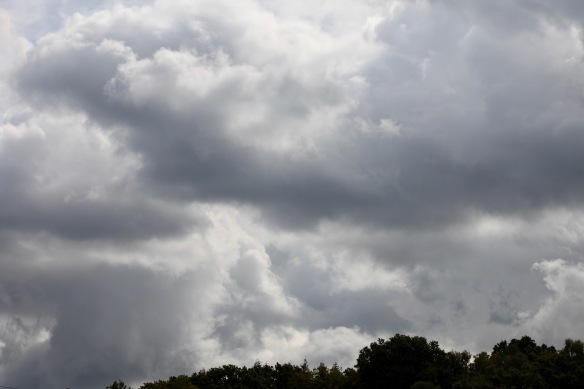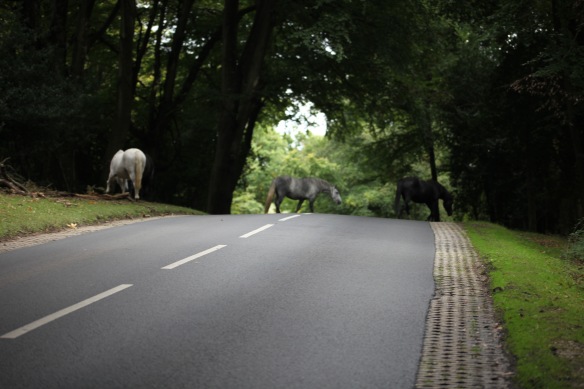Bonus benefits from having the Modus back in action at this time is that a forest drive this morning brought with it a ride in a car considerably warmer than a cold sitting room, and
a hot meal in the warm Hockey’s Farm Café, where the tables were all decorated with pots of têtes-à-têtes.
The bacon on my plate had not come from rescued pigs penned in separate enclosures side by side in the grounds of the farm.
A notice fronting these animals explains how they arrived there. It should be possible to read this explanation by enlarging Jackie’s photograph by clicking on it.
Her photographs show the boars that had been found roaming – one drinking and scratching, the other more sedate.
After our brunch, having realised that their separation was probably a necessity,
I made a few more images of the pigs.
This very restless one stalked backwards and forwards along the barrier fences, apparently desperate to reach his erstwhile companion.
The appearance of these creatures led us to wonder whether they may be a hybrid from the farm-kept wild boar introduced by an enterprising farmer a few years ago.
“Wild Boar
In 1686, it was stated that there were no wild boars left in England, and there was speculation that ‘it may be supposed that heretofore we had, and did not think it convenient to preserve that Game’.[5] The wild boar was considered a worthy adversary for huntsmen, and the aristocracy used boar hunting as a form of war games where they could practice the martial skills that would be needed on the battlefield. They believed that a wild boar who ‘when he seeth unavoidable death, he singleth out one of the Huntsmen and will run upon him with the greatest rage imaginable, not to be affrighted with swords or sticks’.[6] The boar was considered to have the strength of a lion and given the opportunity ‘will not only throw the Huntsman down, but if he hath no help will kill him’.[7] Charles I had tried to reintroduce wild boar to the New Forest in the early seventeenth century where, it was said, ‘they increased and became terrible to travellers’.[8] These animals were all killed during the English Civil Wars but, according to legend, not before they had bred with the domestic Forest sows and ‘tainted all the breeds of pigges in the neighbouring partes, which are of their colour; and kind of soot colour’.[9] It is doubtful if any of the progeny from these pairings have survived. Nowadays the only wild boar on the New Forest are farmed-kept and were introduced by an enterprising farmer only a few years ago.” (http://newforestcommoner.co.uk/2016/09/25/new-forest-pannage-pigs-and-wild-boar/)
Back home Ellie was swathed in Jackie’s jerkin while watching Hey Duggee on TV.
The Culinary Queen produced an especially tasty chicken and veg stewp for tonight’s dinner with which she drank Hoegaarden and I forgot.



























